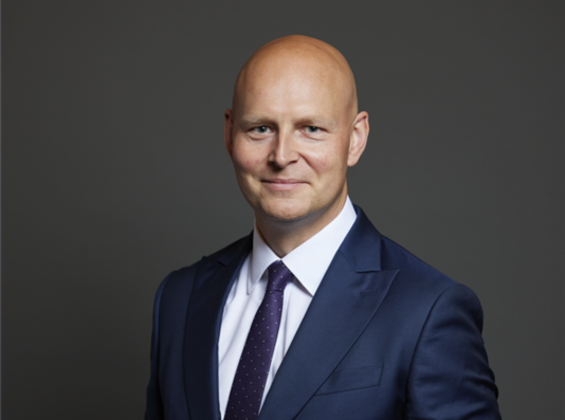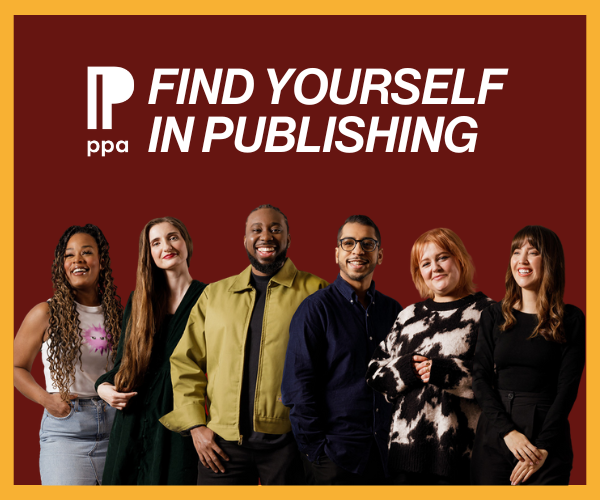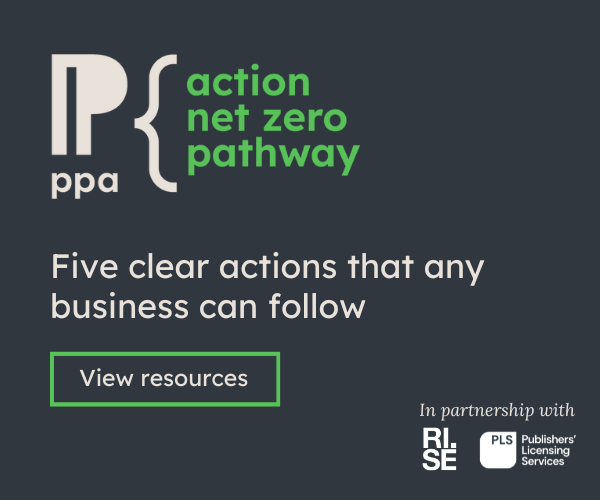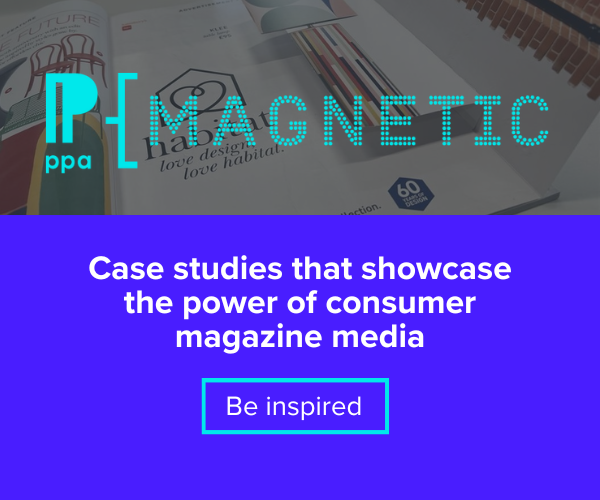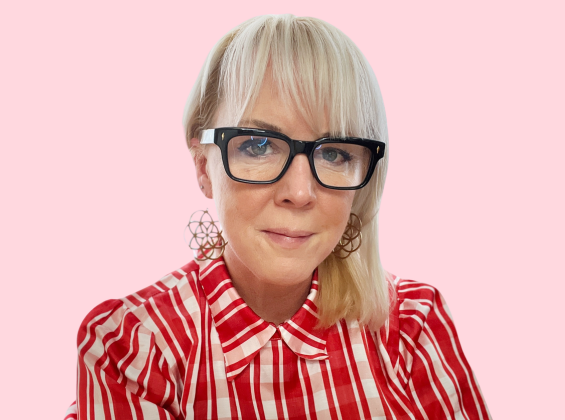Chart us through the lifecycle of the Hearst events portfolio over the last year? Where were you as the pandemic hit, what stages have you been through and where are you now?
The pandemic hit just as we were about to go live with one of our biggest annual events, Women’s Health Live. Having made the decision to cancel the physical event, we very quickly pivoted to a virtual solution hosted on Women’s Health’s digital platforms. It was no mean feat, but the Editorial team – led by its incredible editor-in-chief, Claire Sanderson – and events team worked together to flip the event to a virtual phenomenon in just three weeks. Our inaugural Women’s Health Live Virtual was such a success that we did it again in May 2020 with Tetley Cold Infusions as a headline sponsor. It has since given us the platform to launch the virtual Women’s Health Weekenders in January 2021.
From there we went through a process of identifying which other events could be impacted by the pandemic and focused on putting in contingency plans to delay them or identify how we could pivot them – at that stage having no idea how long the pandemic would last for. Simultaneously our Ops team undertook a thorough procurement process to onboard suppliers to deliver virtual events. Our aim in Hearst Live is to deliver premium, content-led experiences, so we focused on two things; delivering content with purpose for our audiences underpinned with a high production value.
We launched a brand-new virtual event series in September, the Cosmopolitan Careers Festival – a concept thought up by Claire Hodgson, Editor in Chief of Cosmopolitan UK – that spanned the month of September and saw 12,500 registrations. In October and November we delivered two of our flagship events in a virtual format; Esquire Townhouse (which became Esquire Townhouse @ Your House in partnership with Breitling) and our Bazaar At Work Summit (which became a virtual Bazaar At Work Week in partnership with Porsche and UBS). We also began to deliver bespoke events for our clients, starting with a fantastic skincare masterclass with Shiseido x Harper’s Bazaar – this really set the bar in terms of the quality of virtual events we could offer our partners and audiences.
We have since delivered multiple bespoke virtual events, including styling sessions, beauty masterclasses, product launches and An Evening with Harper’s Bazaar to celebrate International Women’s Day in partnership with Clé de Peau Beauté, YPO and Veuve Clicquot. Up next is a big wellness weekend in May, supported by four of our magazine brands and a headline sponsor.
The results have been impressive with over 12 million views of our virtual event content across YouTube, Twitter and Facebook and over 98,500 people actively signing up to purchase or register for tickets. We have had people tune in not only regionally but also internationally allowing us to reach a much wider audience than ever before with our events.
We are planning to resume physical activity with some of our brand-led events from September time, restrictions allowing. The key for us is taking the learnings and insight that the last year and pivoting to virtual has given us and weaving those into our new hybrid offering.
What are the characteristics of a hybrid event and how does one look in your mind?
A classic hybrid model would mean streaming out content both to those people physically present and to those watching remotely. That will certainly play a part for some events; however, it is important to consider the experience of those two different audiences.
Hybrid events will allow us to extend the lifecycle of content and make it available on demand so that it’s not just those who tune in live that can watch it. It also means we can significantly extend the geographical reach of the events as you don’t have to be in one physical place.
How does a hybrid event in a COVID-19 world look different to a hybrid event in a pre-COVID world?
The pandemic has led to more innovation and creativity when it comes to events and the experience that you can provide to attendees. We now have far more engaging platforms and functionality to play with virtually and we can create a real destination for the attendee to experience remotely, as well as in person.
Attendee expectations will also differ. Previously it would have been expected to have all speakers physically present in person at a live event, but now we think consumers will be much more open and accepting to someone dialling in from abroad via a screen for example.
What are your main pieces of advice when approaching a plan for a hybrid event?
I think firstly the main piece of advice is to really identify the objectives of your event so you can effectively plan a hybrid solution.
Secondly, think about your audience and how they will experience the event. It is then a case of crafting out what that experience will look like for your attendees depending on where they tune in from.
And finally, don’t host hybrid just for the sake of it. There must be a clear purpose and benefit to it.
How do you figure out which components should be virtual and which components should be in-person?
I think this comes down to a range of factors, including who the audience are, what a client’s objectives are, where and when the event is taking place, whether the content is relevant long term or just in that moment. There’s a lot to consider.
The key is working out what the purpose of the component is, how it would be consumed in person versus remotely, and what is the most effective way to deliver that component.
For example, we know that enjoying a sit-down meal would not be something you’d do virtually as the point of the dinner is to come together, network, celebrate with people. Conversely, live streaming a panel discussion would work in a hybrid format however as the purpose is to deliver content and it doesn’t matter as much how or where you consume it.
Are hybrid events more or less cost effective?
The perceived cost of virtual being more cost effective has been a misconception we’ve quickly unravelled at Hearst. To deliver a high production value event virtually, you need to invest in it. Whilst you may not have costs such as catering, or venue hire, you suddenly have tech platform, studio hire or gift bag distribution costs for example. Of course, there are some virtual events where it can be more cost effective for example if an event has a large physical production build element, building the equivalent virtually can deliver a significant cost saving.
This means when you focus on a hybrid model the costs could, in theory, be significantly more, as you’re striving to produce both a physical and virtual version of what is a premium event. Therefore, it is crucial to identify where there can be cost savings made and what elements are critical for the physical and virtual event to make it work.
It depends on how you measure cost effectiveness. Hybrid events allow you to potentially reach much bigger audiences for less, but they can also mean you incur more costs to try and deliver an effective solution.
Do hybrid events require more resources and how do you make the most of your resources?
Our events team have had to do a huge amount of upskilling during the pandemic. Before the outbreak of Covid-19, they were very much live event professionals, but they’re now capable of delivering events in a wide range of formats. So, in a lot of ways, what this now means is we can leverage the same resource to deliver two outputs – there is, undoubtedly, more work involved, and it requires broader specialisms.
The same applies with suppliers. For example, we have been working with our video partner, Rise Media, who are able to film our content live during the event, and live stream it for us too. There are additional resources required though for some of the technical elements.
The key to making the most of the resource is having a team and suppliers who are fully comfortable delivering both physical and virtual.
What do you think the Hearst audience wants in the coming months and years? Do you think there Is there a strong audience among your consumers for hybrid events?
I think initially we will see a spike in the demand for in-person events as a vehicle for people to meet up with their friends and family, because they’ve been apart for so long. There is still something magical about being together physically that a virtual event cannot replicate. However, I do believe that certain content, such as particular workout sessions, will continue to be something people want to consume from their own homes.
Longer term, we anticipate that our focus will centre around making content from our events more widely available for audiences afterwards – through across our print and digital platforms. Content is king and we are a content-led events business, so we are well positioned to meet this need for our audiences. It also allows us to tap into a much broader regional audience that we haven’t been able to do before as we’ve been quite London-centric. We know there is high demand from our regional audiences to enjoy our events too.
The format of the event will very much determine the hybrid model we put in place. We will be carefully reviewing each event we plan to ensure that the experience our audiences enjoy at home is as close to the experience you’d get in person. We anticipate therefore that we will curate different types of experience within one hybrid event depending on where you’re tuning in from.
